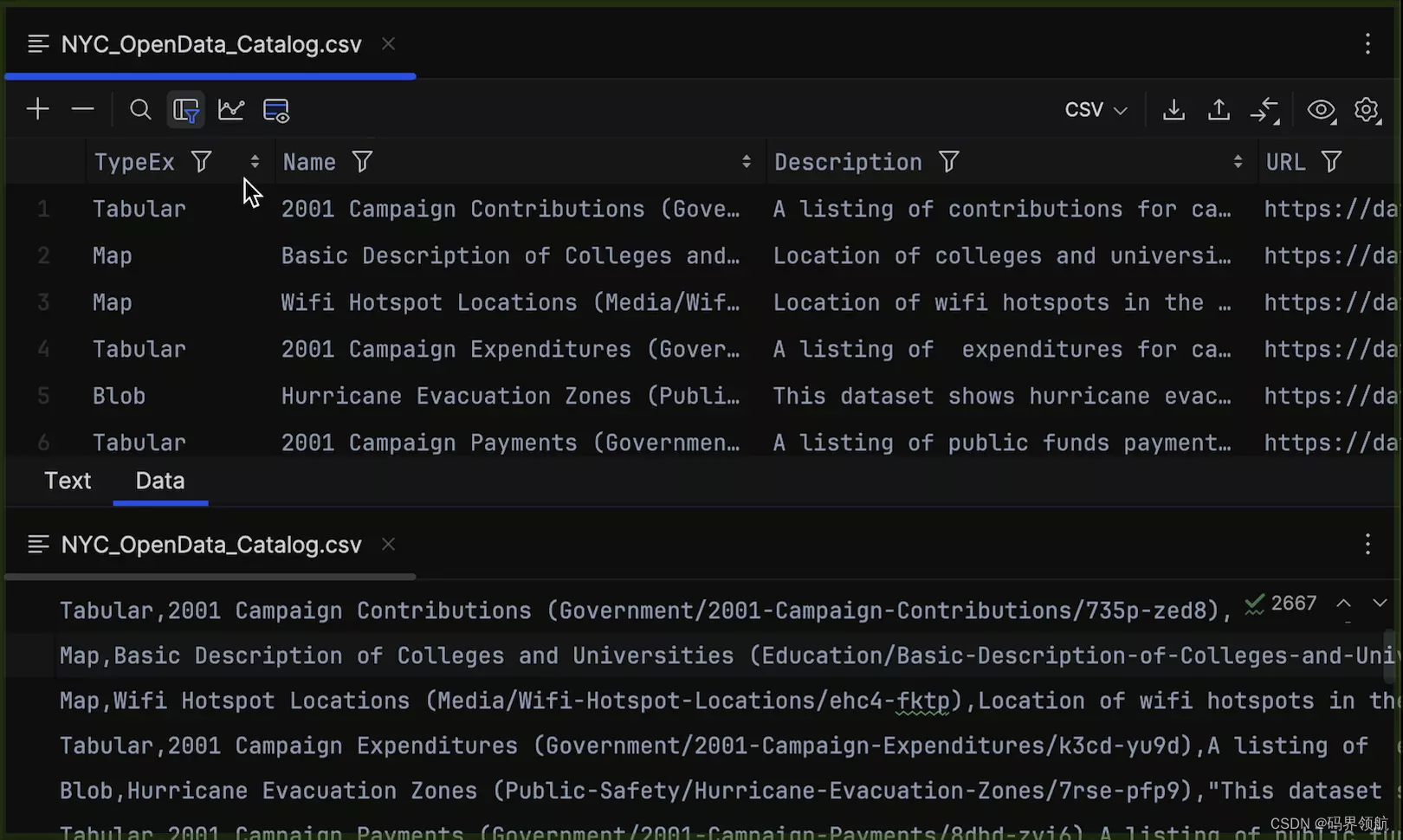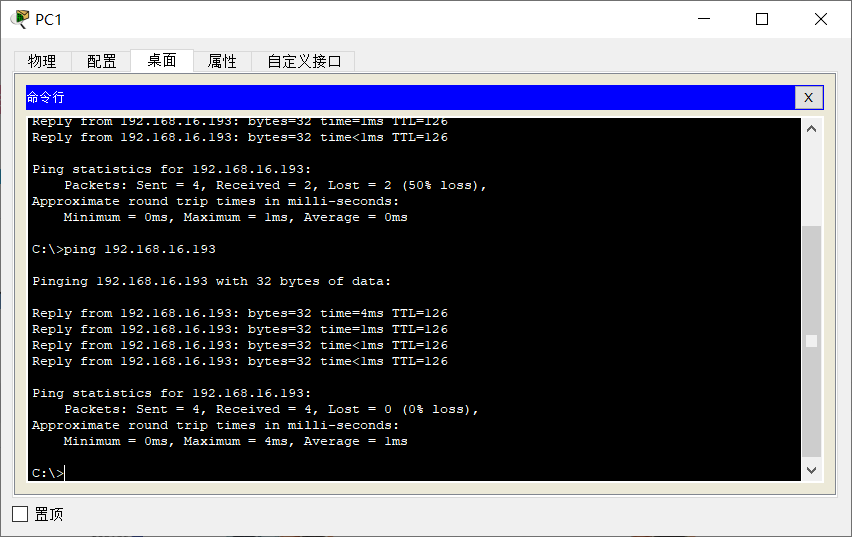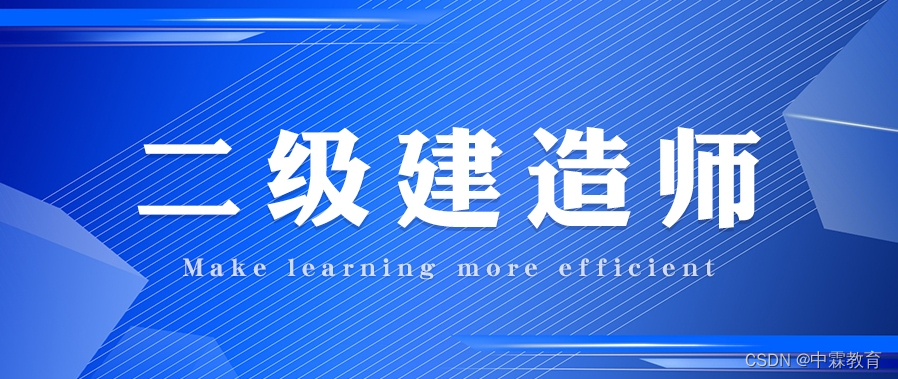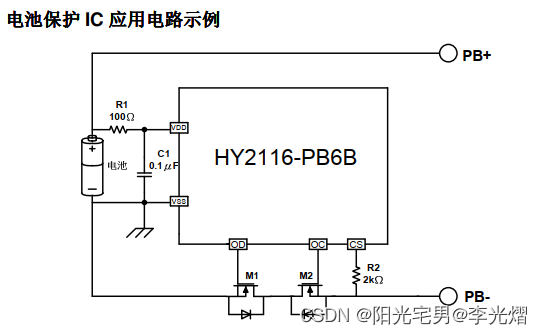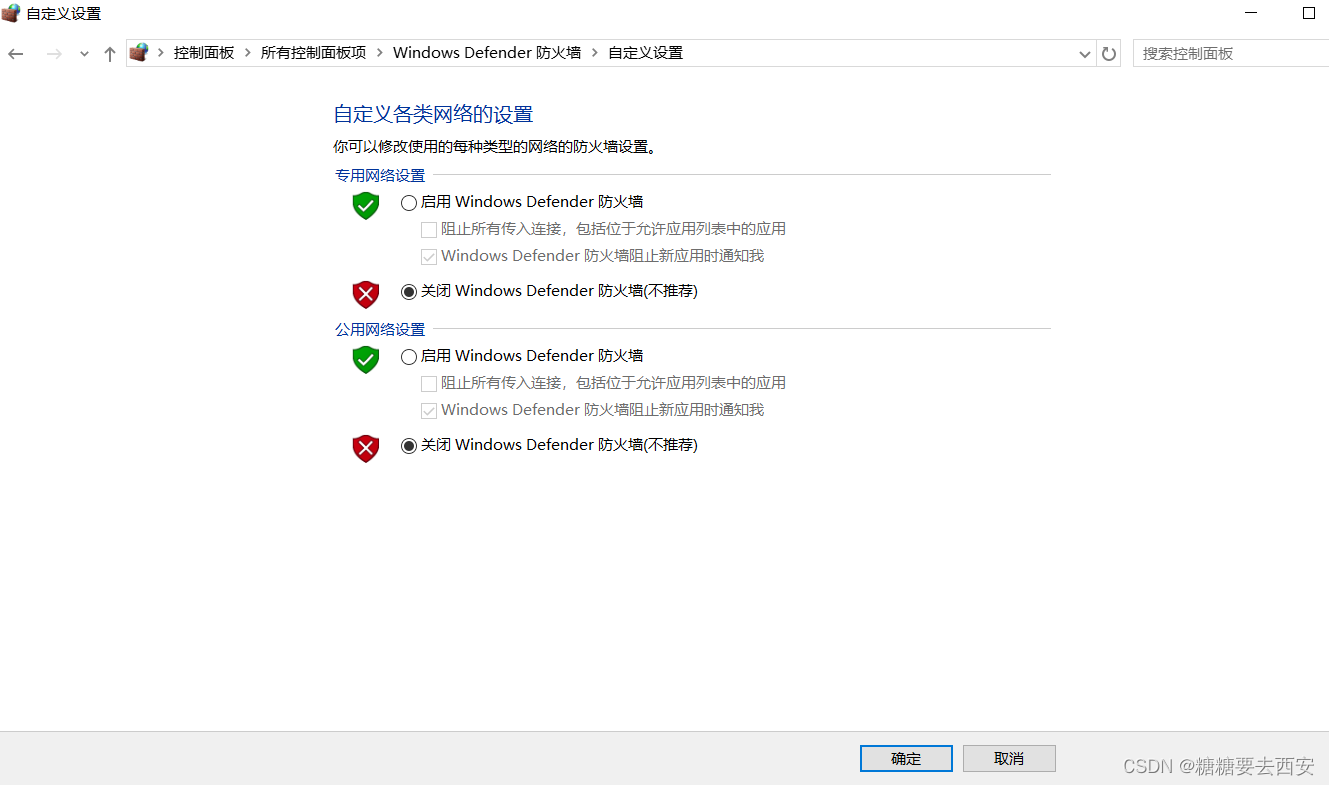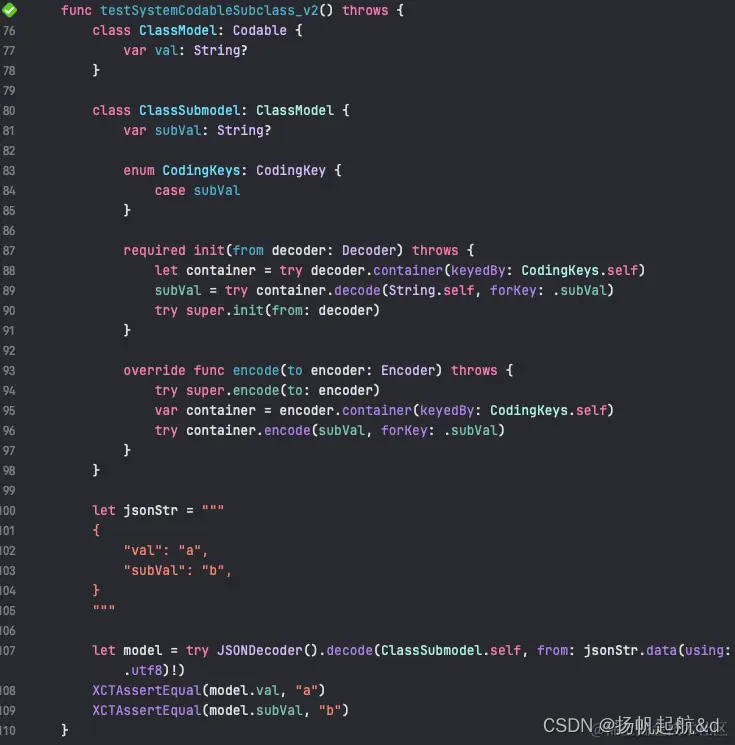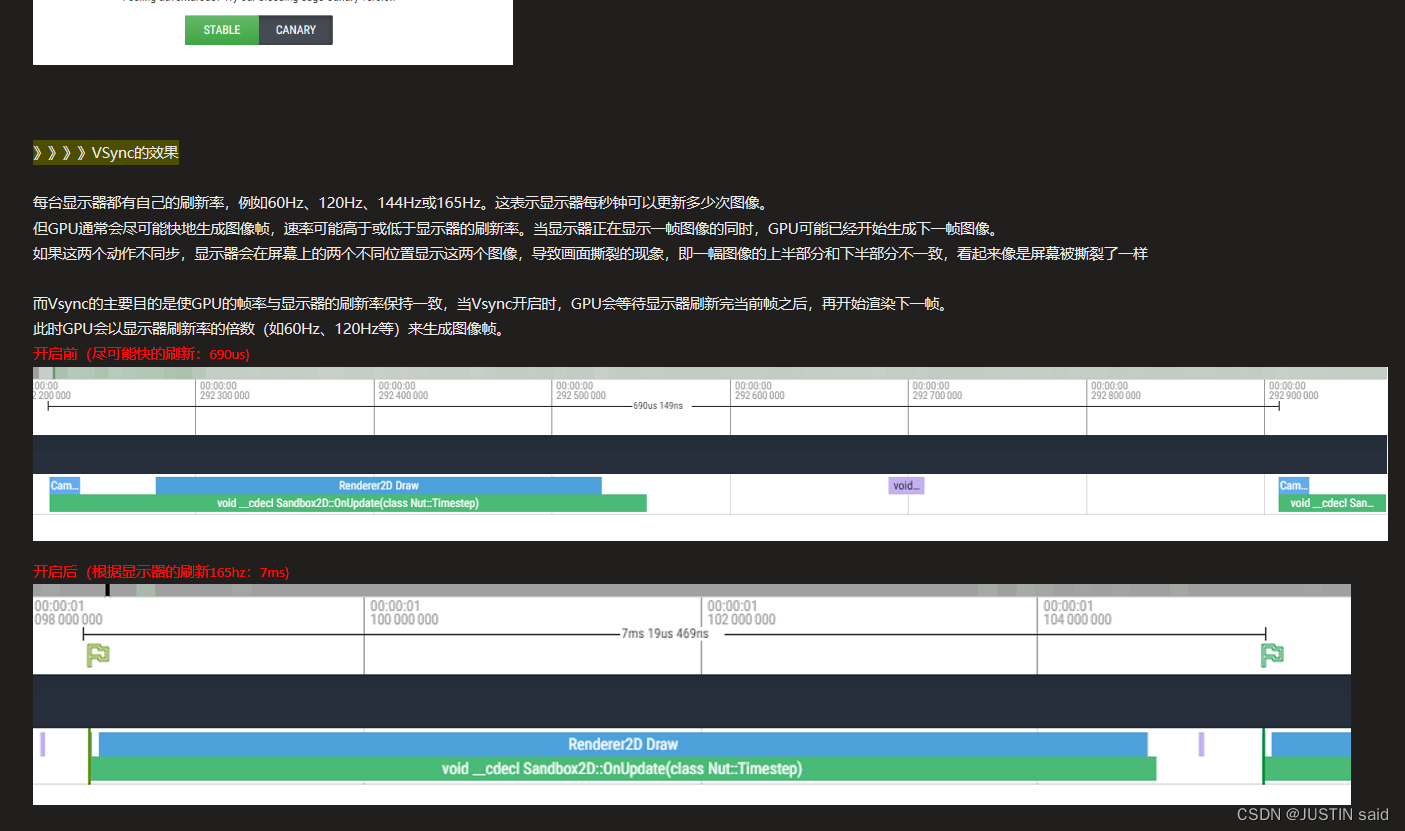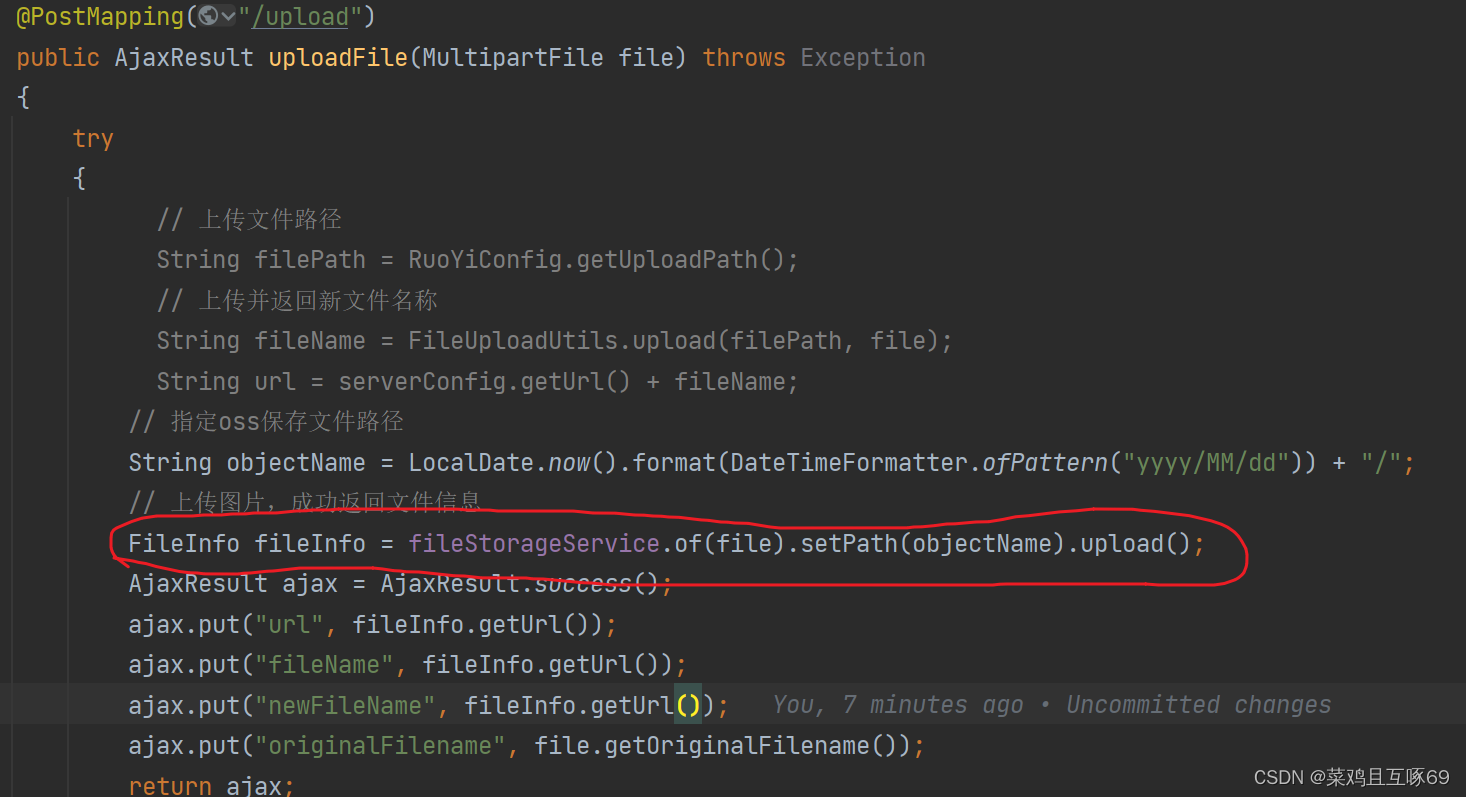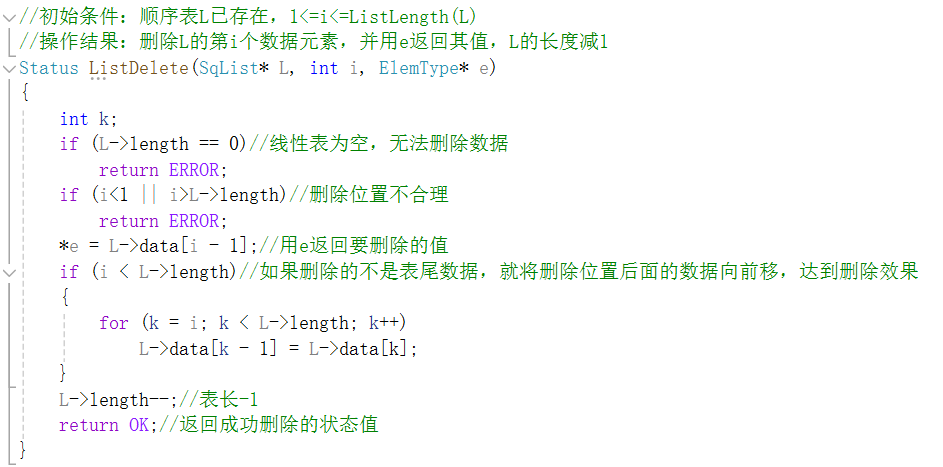C++ 之插件机制
C++ 插件架构允许一个应用程序以动态链接库(DLLs 在 Windows,或 .so 在 Unix-like 系统)的形式加载和使用插件。以下是构建 C++ 插件架构的一般步骤和考虑因素:
定义插件接口
首先,定义一个插件接口,这是主程序和插件之间的契约。通常,这个接口是一个抽象基类,包含插件必须实现的方法。
// PluginInterface.h
#ifndef PLUGIN_INTERFACE_H
#define PLUGIN_INTERFACE_H
class PluginInterface {
public:
virtual ~PluginInterface() {}
virtual void execute() = 0; // 插件必须实现的方法
};
extern "C" {
PluginInterface* create(); // 创建插件实例的函数
void destroy(PluginInterface*); // 销毁插件实例的函数
}
#endif // PLUGIN_INTERFACE_H
实现插件接口
插件开发者需要实现这个接口。每个插件将提供 create 和 destroy 函数,用于创建和销毁插件实例。
// MyPlugin.cpp
#include "PluginInterface.h"
class MyPlugin : public PluginInterface {
public:
void execute() override {
// 插件的具体实现
}
};
extern "C" {
PluginInterface* create() {
return new MyPlugin();
}
void destroy(PluginInterface* plugin) {
delete plugin;
}
}
编译插件为动态链接库
将插件代码编译为动态链接库。在 Unix-like 系统中,可能需要在编译时指定 --shared 和其他链接器选项。
加载和卸载插件
在主程序中,使用操作系统提供的动态加载函数加载插件库,并获取 create 和 destroy 函数的地址。
// PluginManager.cpp
#include "PluginInterface.h"
#include <dlfcn.h>
class PluginManager {
private:
void* handle;
PluginInterface* (*create_plugin)();
void (*destroy_plugin)(PluginInterface*);
public:
PluginManager(const std::string& filename) {
handle = dlopen(filename.c_str(), RTLD_LAZY);
if (!handle) {
throw std::runtime_error(dlerror());
}
create_plugin = (PluginInterface* (*)())dlsym(handle, "create");
destroy_plugin = (void (*)(PluginInterface*))dlsym(handle, "destroy");
if (!create_plugin || !destroy_plugin) {
throw std::runtime_error(dlerror());
}
}
~PluginManager() {
if (handle) {
dlclose(handle);
}
}
PluginInterface* loadPlugin() {
return create_plugin();
}
void unloadPlugin(PluginInterface* plugin) {
destroy_plugin(plugin);
}
};
使用插件
使用 PluginManager 来加载和使用插件。
int main() {
try {
PluginManager manager("libmyplugin.so");
auto plugin = manager.loadPlugin();
plugin->execute();
manager.unloadPlugin(plugin);
} catch (const std::runtime_error& e) {
std::cerr << "Error: " << e.what() << std::endl;
}
return 0;
}
考虑线程安全
确保插件的加载和卸载是线程安全的,如果插件被设计为在多线程环境中使用。
处理插件依赖
插件可能有自己的依赖,确保这些依赖在加载插件之前得到满足。
插件发现和配置
实现一种机制来发现和配置可用的插件,例如通过配置文件或插件注册表。
错误处理
优雅地处理插件加载和执行过程中可能出现的错误。
文档和示例
为插件开发者提供清晰的文档和示例,说明如何开发插件以及如何与主程序交互。
构建 C++ 插件架构是一个复杂的过程,需要考虑接口设计、动态链接库的加载和卸载、错误处理、线程安全等多个方面。




